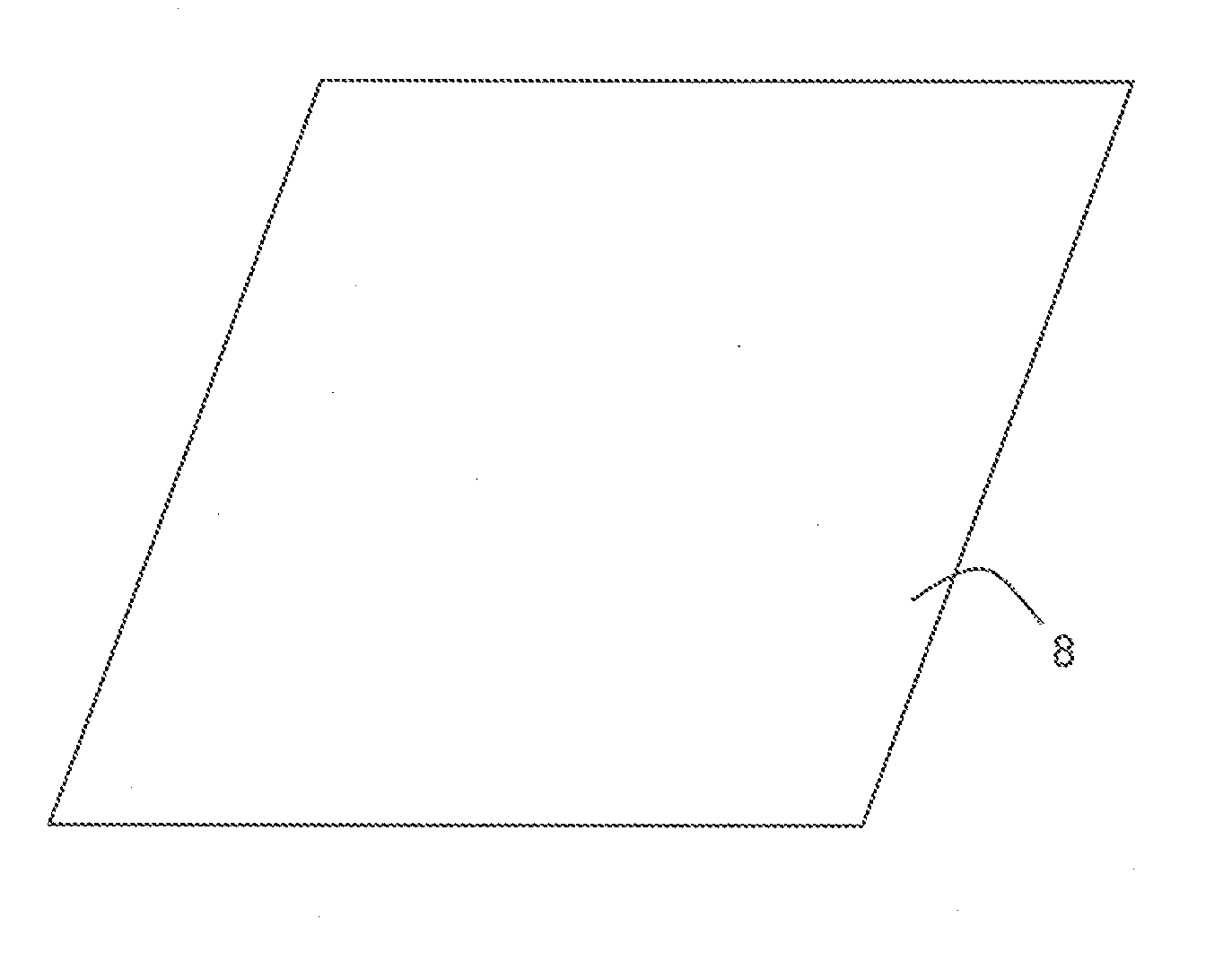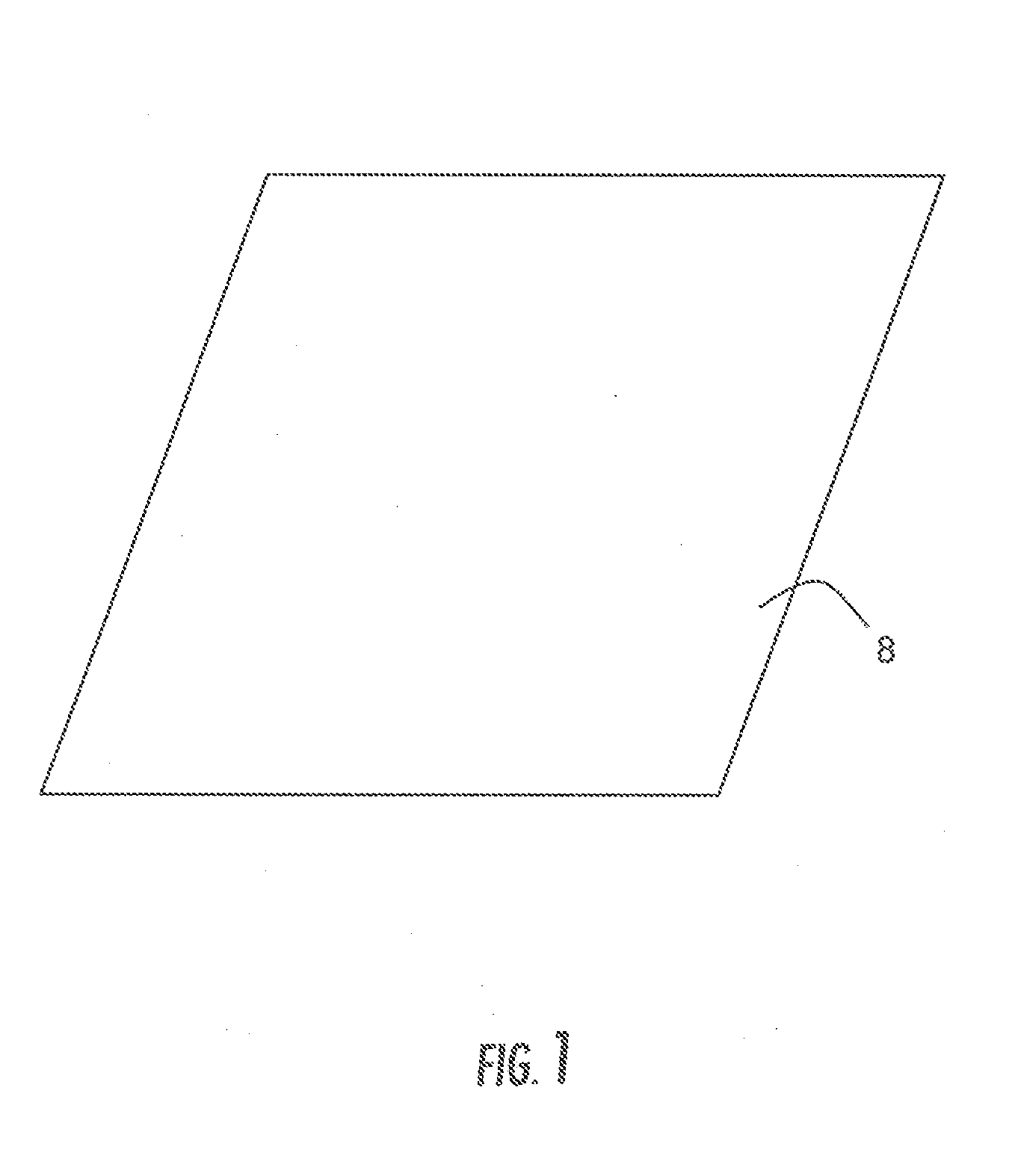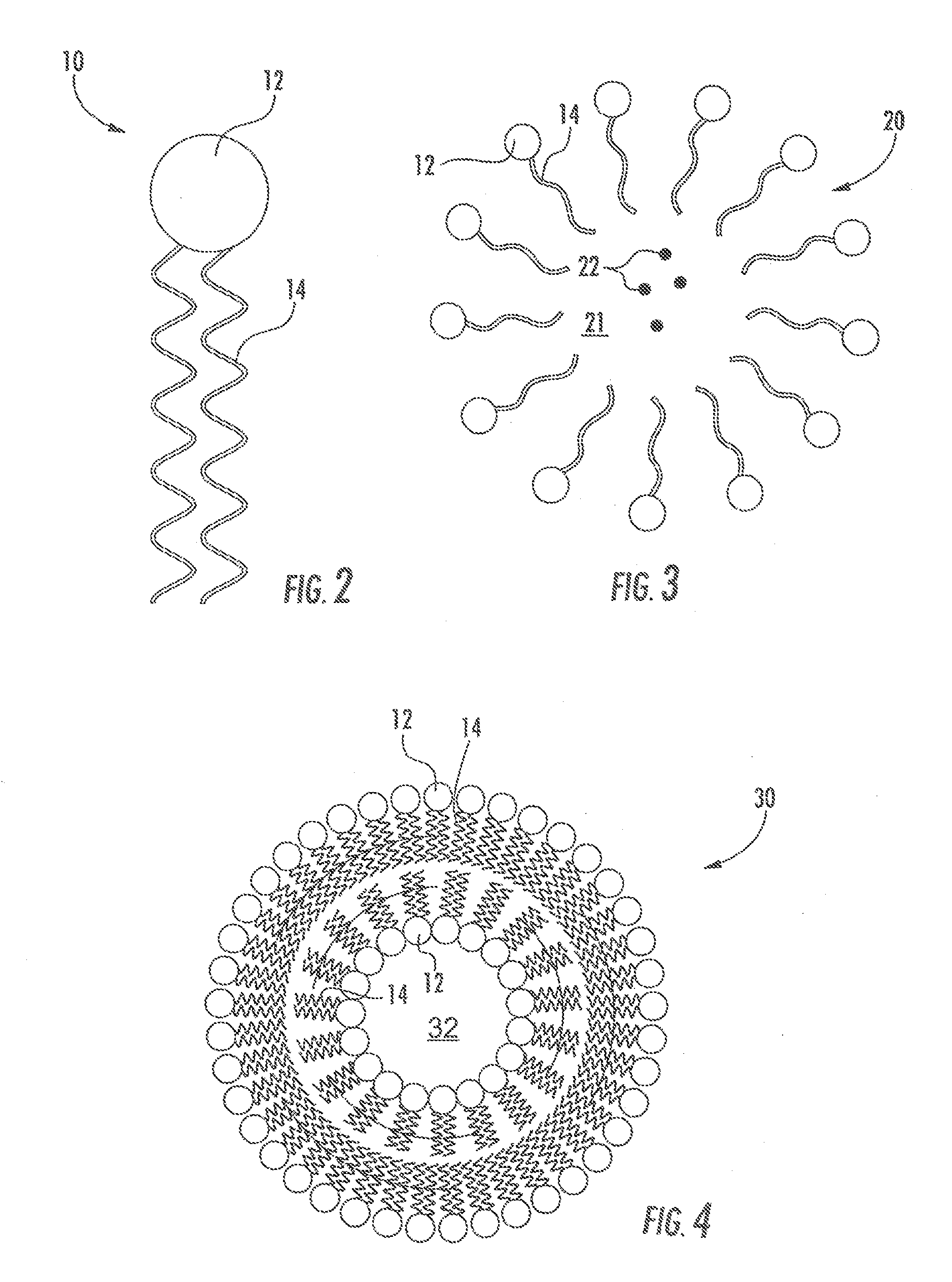Chemical Treatments for the Disruption of Dental Plaque Biofilms and Related Methods
a biofilm and chemical treatment technology, applied in the field of dental plaque removal, can solve the problems of difficult removal, tooth loss, difficult removal of calculus or tartar, etc., and achieve the effects of reducing or eliminating, promoting plaque disruption, and reducing or eliminating dental caries
- Summary
- Abstract
- Description
- Claims
- Application Information
AI Technical Summary
Benefits of technology
Problems solved by technology
Method used
Image
Examples
example 1
[0043]An oral thin film is prepared by first creating a 150 g batch of material with the following weight percent composition:
TABLE 1MaterialWeight %Water70.0-90.0Pectin4.0-9.0Grapeseed Oil0.5-4.0Glycerin0.0-6.0Hydroxylated Lecithin0.0-4.0Acesulfame Potassium (Ace-K)0.5-3.5Sucralose0.5-3.5Lemon Flavoring (Natural Extract)1.0-5.0
[0044]To this mixture is added 0.6-12.0 mg D-leucine, 0.9-18.0 mg D-tryptophan, 0.7-14.0 mg D-methionine, and 0.8-16.0 mg D-tyrosine. The material is blended until uniform, then spread on three 30×40 cm glass plates and warmed in an 85-110 degree Celsius oven until dry. The film is then powdered with talc, cellulose, and sucralose, and then cut into 21×38 mm strips, about 100 mg weight each.
example 2
[0045]Chewing gum is prepared by warming and mixing a 150 g batch of material with the following weight percent composition:
TABLE 2MaterialWeight %Chewing Gum Base80.0-95.0Acesulfame Potassium (Ace-K)0.5-5.0Sucralose0.5-5.0Lemon Flavoring (Natural Extract)1.0-5.0
[0046]To this mixture is added 0.6-12.0 mg D-leucine, 0.9-18.0 mg D-tryptophan, 0.7-14.0 mg D-methionine, and 0.8-16.0 mg D-tyrosine. The material is blended until uniform, then spread on two 30×40 cm glass plates and allowed to cool. The gum is then cut into 20×75 mm rectangular strips.
example 3
[0047]Oral gel is prepared by mixing a 200 g batch of material with the following weight percent composition:
TABLE 3MaterialWeight %Water 5.0-15.0Cargill Treha ® (trehalose)15.0-25.0Cargill XTendSucromalt ®20.0-50.0Glycerin 1.0-10.0Grapeseed Oil 1.0-10.0Hydroxylated Lecithin0.0-4.0Maltodextrin 5.0-20.0Acesulfame Potassium (Ace-K)0.5-5.0Sucralose0.5-5.0Lemon Flavoring (Natural Extract)1.0-5.0
[0048]To this mixture is added 0.3-6.0 mg D-leucine, 0.4-8.0 mg D-tryptophan, 0.3-6.0 mg D-methionine, and 0.4-8.0 mg D-tyrosine. The material is blended until uniform. FD&C Yellow #5 or another coloring agent is added until a commercially marketable color is imparted.
PUM
| Property | Measurement | Unit |
|---|---|---|
| Fraction | aaaaa | aaaaa |
| Fraction | aaaaa | aaaaa |
| Fraction | aaaaa | aaaaa |
Abstract
Description
Claims
Application Information
 Login to View More
Login to View More - R&D
- Intellectual Property
- Life Sciences
- Materials
- Tech Scout
- Unparalleled Data Quality
- Higher Quality Content
- 60% Fewer Hallucinations
Browse by: Latest US Patents, China's latest patents, Technical Efficacy Thesaurus, Application Domain, Technology Topic, Popular Technical Reports.
© 2025 PatSnap. All rights reserved.Legal|Privacy policy|Modern Slavery Act Transparency Statement|Sitemap|About US| Contact US: help@patsnap.com



